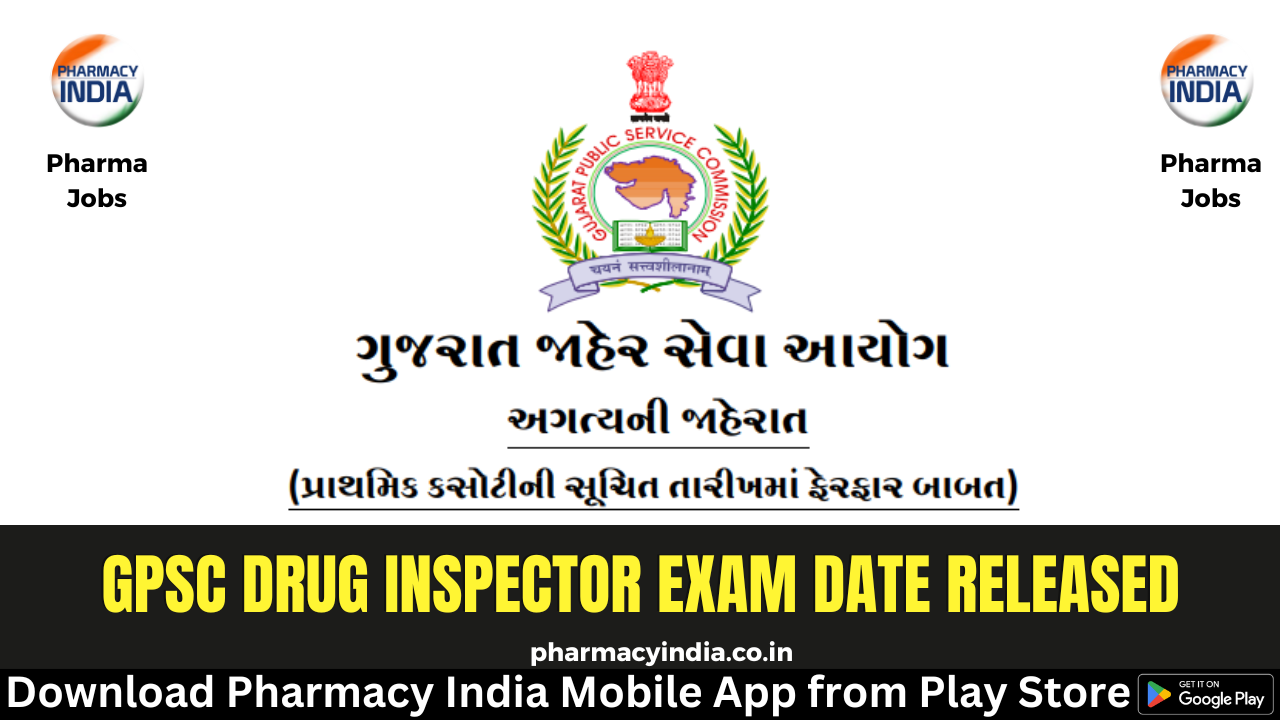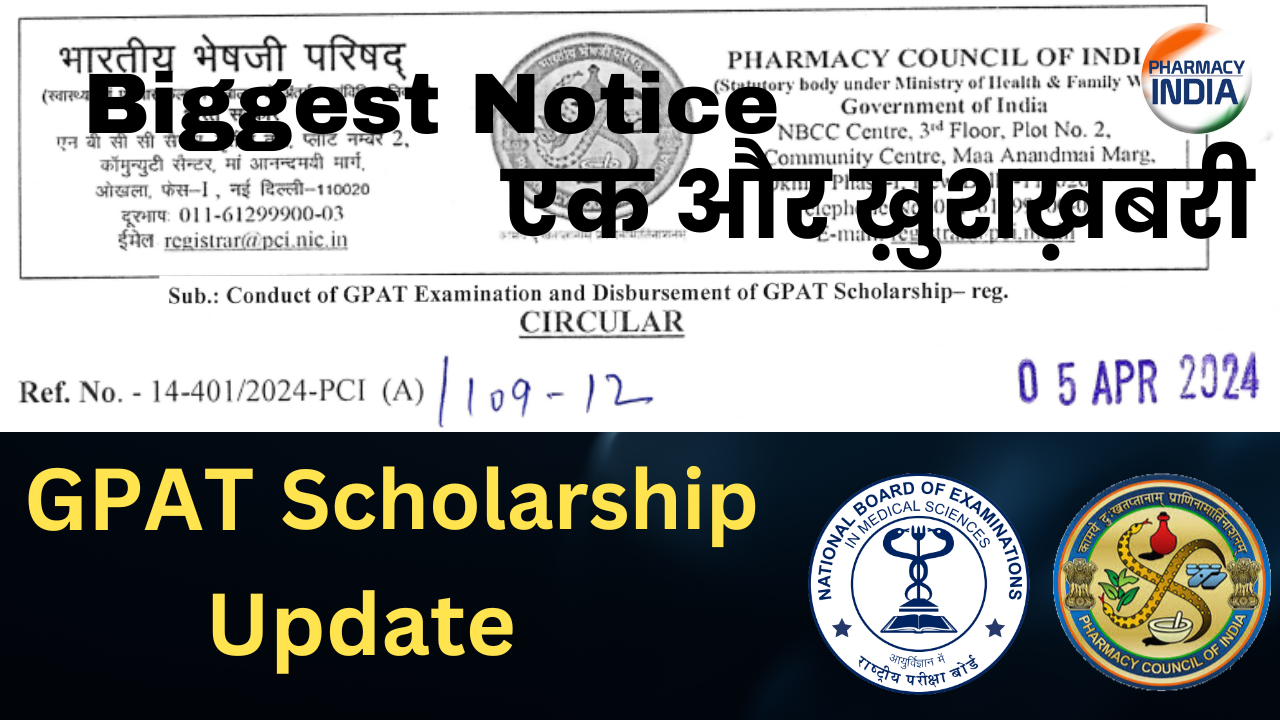According to the 2017 Medical Devices Regulations (MDR), the Central Drugs Standard Control Organization (CDSCO) has authorised two more Medical Device Testing Labs (MDTL) to conduct tests or evaluations of medical devices on behalf of the manufacturers. With this, there are now 30 MDTLs nationwide that the regulator has approved. Bharat Test House Pvt Ltd in North West Delhi and Manisha Analytical Labs Pvt Ltd in Mumbai are the two recently added laboratories. Under the MDR, 2017, Bharat Test House has been given permission to test 20 products, including surgical and diagnostic lamps, operating tables, ultrasonic physiotherapy equipment, infant incubators, and medical electrical equipment in a variety of classes.
The testing of 13 medical devices, including sterile blood bags, sterile catheters, disposable hypodermic needles, disposable perfusion sets, IV cannulas, intraocular lenses, orthopaedic implants, contraceptive devices, cardiac stents and drug-eluting stents, heart valves, surgical sutures, and ligatures, is permitted by Manisha Analytical Laboratories. These laboratories were approved in 2022, according to a list provided by the CDSCO. With this, the CDSCO approved a total of 11 laboratories in 2022, up from the regulator’s approval of eight laboratories the year before. Four new laboratories were added to the CDSCO’s list of MDLTs that had been approved in November 2021, bringing the total to 28.
It should be noted that the ministry of health and family welfare (MoHFW) recently moved forward with its plan to enlist state governments in order to establish, or designate their existing laboratories, as state MDTLs and bring in enabling rules to support the establishment of more testing labs for medical devices across the nation. This is because the industry is undergoing a major regulatory paradigm shift, including the introduction of a licencing regime.
In order to guarantee the quality of medical devices, the Union Health Ministry is considering enlisting the assistance of state governments to actively participate in the testing activities. The Medical Devices Regulations, 2017, are being amended by adding new sub-rules and making necessary changes to the current ones to create the appropriate regulatory framework. The State government may, by notification, create State MDLTs for the purpose of testing and evaluating medical devices or to carry out any other responsibilities that may be specially allocated to it, according to a draught rule that the Ministry recently made public.
The National Accreditation Board for Testing and Calibration Labs’ accreditation is a requirement for the state government to designate any laboratory that has the capacity to test and evaluate medical devices as a state MDLT (NABL). Also, it has included a definition for the State Medical Devices Testing Laboratory, defining it as a facility established or authorised by the state government in accordance with the recently proposed sub-rule, Rule 19(3). The word “Centre” was removed from the Draft Rule to emphasise that the laboratories might be established by either the Central or the State Government, whereas Rule 19 was particularly for Central MDLTs.
Given that the licencing regime for the bulk of medical devices is anticipated to be in place soon, industry experts have expressed worries about the availability of suitable medical devices testing facilities for quicker testing operations. Prior to this, CDSCO had also requested that laboratories with the capacity to test medical devices and proper accreditation submit applications to expand the nation’s network of MDTLs. The Medical Device Sector was largely unregulated until 2017 when the MoHFW created the Medical Device Regulations, 2017 for progressive, complete regulation of medical devices under the 1940 Drugs and Cosmetic Act, with a focus on quality, safety, and efficacy issues.







